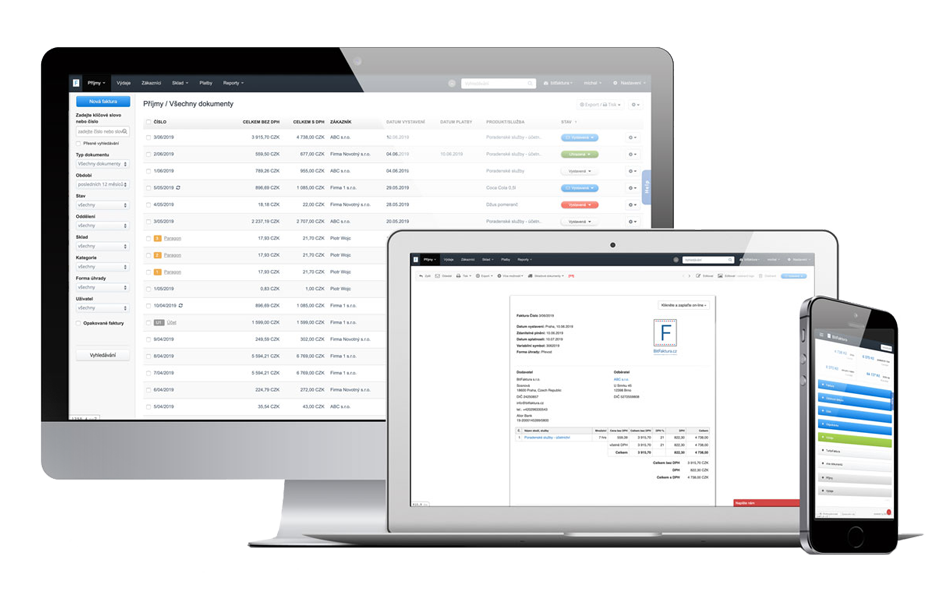If any of your clients operate within the European Union, you are obliged to issue a European invoice. Such an invoice is not significantly different from the traditional, however, you need to remember to enter relevant additional details:
- while entering your company and client details, keep in mind to enter the proper European Union Tax Identification Number (EU TIN). It has a specific prefix assigned to an individual country belonging to the EU. Full list of EU TINs can be found here.
- if the chosen payment method is a bank transfer, you need to provide your bank details including IBAN and SWIFT.
- enter the appropriate tax rate. In most cases, this is the buyer's responsability therefore in the tax field, simply enter - tax exempt. Full list of EU Vat rates can be found here.
- determine the invoice currency. In most cases, however, it will be Euro. Currency options appear when you click on 'more options'.
- set the invoice language. InvoiceOcean allows you to issue invoices in English, Spanish, French, German, Russian, Italian, Polish, Czech, Dutch and Croatian.

Choose among 30+ languages and all world currencies. Start your 30-day free trial today!
Sign up for free
